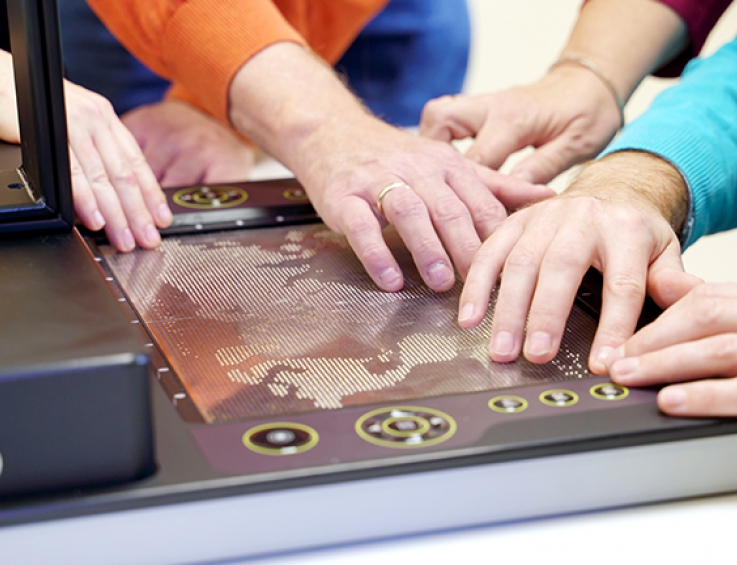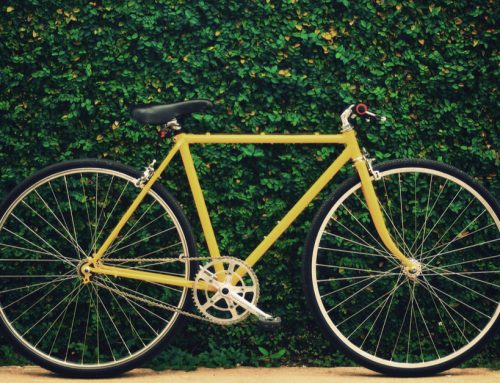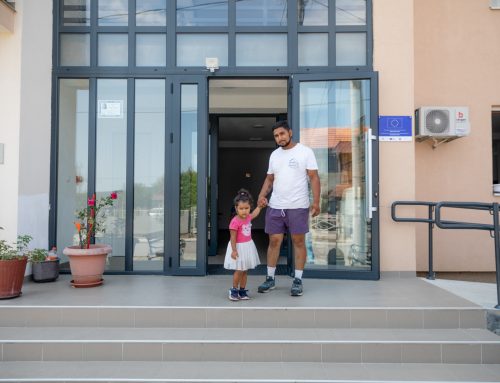The visually impaired and blind, members of the Association of the Blind from Serbia and Croatia, participated in their first promotional tour adapted to this group of people, which was organized in Apatin and Sonta.
The tour was organized in the framework of the European project Visitus “Expansion of tourism offer for the blind and visually impaired”, by the city of Sombor in partnership with Erdut municipality in Croatia and the Institute for Economic Sciences of the Republic of Serbia. Visitus is a part of the European project Intereg IPA program for cross border cooperation Serbia – Croatia from 2014 to 2020.
In the next few months, the tourist offer in West Backa District will be adapted to the visually impaired and blind, when a total of 30 tourist points will be mapped in Sombor, Apatin, Backi Monostor, Bezdan and Telecka.
Around €300 thousand has been allocated for the project from the IPA Funds that will last until 14 February next year. All the tourist points, that were mapped and adapted to the visually impaired and blind during the last two years, will be at the disposal of this tourist group in the years to come. Organized tours for the visually impaired and blind in the West Backa District and Osijek-Baranja County will become a common practice, which was not the case until now.
During the first promo tour, members of the Association visited the Danube-Swabian Central Museum in Apatin, and the Church of Assumption of Mary, and then the ethno house in Sonta and the Junakovic Spa.
Tours like these bring a sort of unity, because it brings together the members of nearly all organizations for the blind and visually impaired from Serbia and Croatia. It contributes to overcoming prejudice about us, the blind and visually impaired; something like this should be organized at least once or twice a year. This is the first project I participated in and I would like to see it continue, because these kinds of programs are rare. I was most impressed by the library of Danube-Swabian Museum in Apatin, and its collection of over 40 thousand rare books, including the Bible, printed for the blind, which is unique in this part of the region, says Zdenko Klinko, member of the Association of the Blind of Serbia.
Thirty blind and visually impaired persons, along with their personal attendants participated in the first tour. They all think that these kinds of tours should be commonplace, and that this group of people should be equal to other tourists.
I was most impressed by the ethno house in Sonta. I think it is necessary that we, the blind and visually impaired people, be included in these kinds of tours, that we travel together with people with healthy eyesight and that we are not treated differently. I think that this project is a good sign of what is to come, says Sasa Jovanovic, president of the intermunicipal organization Union of the Blind Pirot.
On the second day of the first promo tour for the blind and visually impaired, participants visited Croatia – the Tourist Information Centre in Aljmas, the Sanctuary of Our Lady of Consolation in Aljmas and the Cultural and Scientific Center Milutin Milankovic in Dalj.
In January, four sites in Serbia and four sites in Croatia will be added to these promo tours, that will be equipped with special tactile maps that will provide information in Braille and in four spoken languages about all of the 58 mapped points in Serbia and Croatia, that are important to this region on both sides of the border, said Sasa Bosnjak, project manager of Visitus for Sombor. She also said that the town of Sombor developed a free mobile app for this project that will be presented to the public early next year, as well as tourist maps adapted to the blind and visually impaired.
Guarantee of sustainability
Sasa Bosnjak stresses that there are a few factors that guarantee the sustainability of this European project, carried out by the town of Sombor, Erdut municipality in Croatia and the Institute of Economic Sciences of Serbia. “First, we have 50 trained tourist guides on both sides of the border. Second, we have 58 mapped points, 30 in Serbia and 28 in Croatia that will be permanent on tourist maps. Third, the equipment that we procured for the unions of the blind and visually impaired will be given to them,” says Bosnjak.




